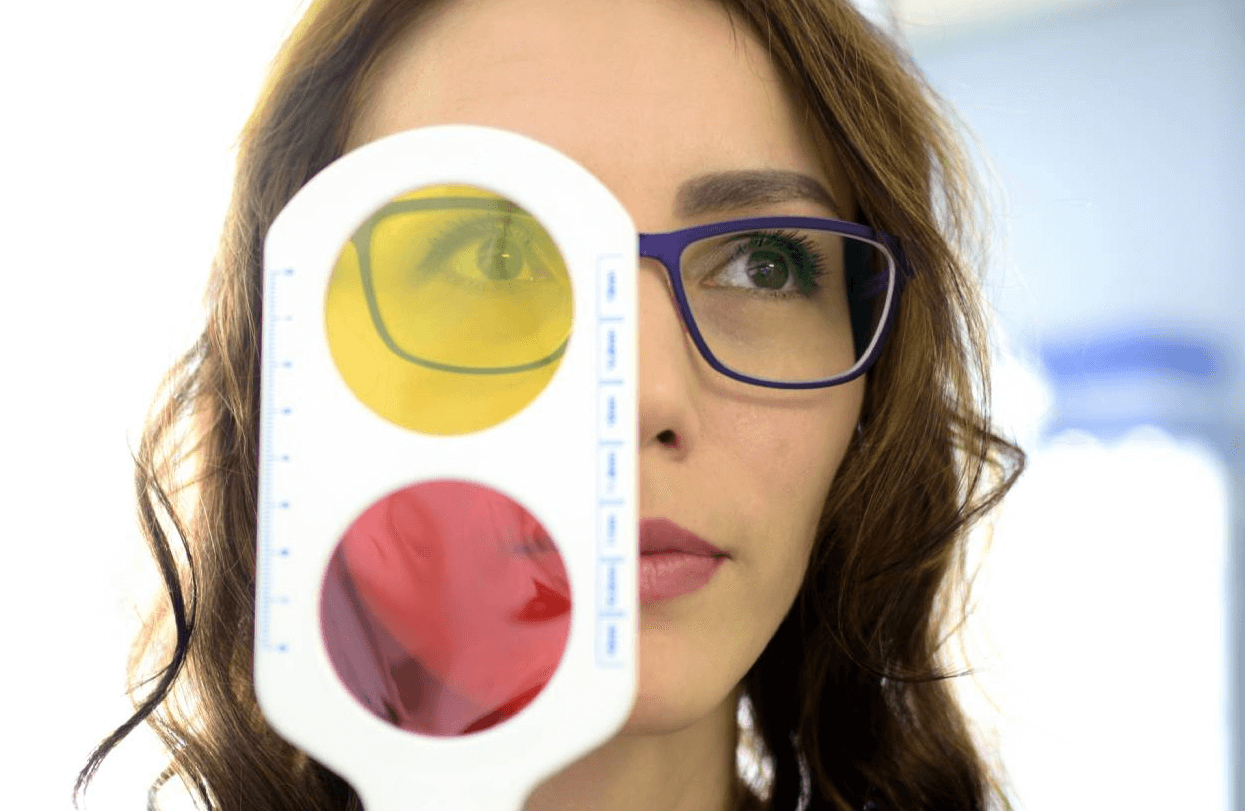- Thriving Guide
- Posts
- Understanding How Color Blindness Changes What You See
Understanding How Color Blindness Changes What You See
From muted reds to complete grayscale, here's how color blindness changes the way the world looks.

Color shapes the way we experience the world from the bright red of a stoplight to the golden hue of autumn leaves. But for millions of people with color blindness, these colors appear muted, altered, or in rare cases, absent altogether.
So, what do color-blind people actually see? The answer depends on the type and severity of color vision deficiency, and whether it’s inherited or acquired later in life. While many assume color blindness means seeing only black and white, most people with color blindness still perceive some color just differently than those with typical vision.
Here’s a closer look at how color blindness works, what causes it, and how people adapt to a world where color isn’t always clear.
How Color Blind People Perceive the World
Color vision relies on cones, specialized cells in the retina that detect red, green, and blue light. Color blindness occurs when one or more types of these cones are absent, malfunctioning, or detect color incorrectly. This alters the way the brain processes colors.
People with color blindness may:
Confuse colors like red and green or blue and yellow
Struggle to see certain hues in low light
See colors as less vibrant or “washed out”
Rarely, see the world only in black, white, and gray
Contrary to popular belief, most forms of color blindness do not result in grayscale vision.
Types of Color Blindness and What They Look Like
Each form of color blindness impacts vision differently, depending on which cones are affected.
Red-Green Color Blindness (Most Common)
Affects up to 8% of men and 0.5% of women of Northern European descent.
What they see:
Reds may look brownish or green
Greens may appear beige or gray
Difficulty distinguishing reds from greens, especially in traffic lights or on color-coded maps
Subtypes:
Protanopia: No red cones (reds appear dull or greenish)
Protanomaly: Red cones work poorly
Deuteranopia: No green cones
Deuteranomaly: Green cones work poorly (most common type overall)
Blue-Yellow Color Blindness (Tritan Defects)
Rare, affecting 1 in 10,000 people of all genders.
What they see:
Blues and greens may look similar
Yellows may appear pink or faded
Difficulty telling purple from red or blue from gray
Subtypes:
Tritanopia: No blue cones (colors look less bright, blue-yellow confusion)
Tritanomaly: Blue cones function abnormally
Blue Cone Monochromacy (Rare and Severe)
Affects approximately 1 in 100,000 people, mostly males.
What they see:
A grayscale world no color perception at all
Additional symptoms like light sensitivity, nearsightedness, and involuntary eye movement
This condition is often associated with a more complex condition called achromatopsia.
Is Color Blindness Always Genetic?
Most color blindness is inherited and stable throughout life. However, it can also be acquired due to:
Eye diseases (like glaucoma or macular degeneration)
Brain trauma or stroke
Certain medications (e.g., hydroxychloroquine)
Aging (especially due to cataracts)
If color perception changes suddenly or progressively, it may be a sign of a more serious medical condition and should be evaluated by a healthcare provider.
How Color Blindness Is Diagnosed
Diagnosis typically involves one or more of the following:
Color Plate Test: The Ishihara test uses colored dot patterns to reveal hidden numbers. Inability to identify the number suggests color blindness.
Anomaloscope: A specialized device that tests for red-green color deficiency by asking patients to match light intensities.
Hue Test: Patients arrange color blocks by gradient; errors help determine which hues are difficult to distinguish.
These tests are often used during vision screenings and may be required for certain professions that depend on accurate color identification, like pilots or electricians.
How People With Color Blindness Adapt
Color blindness can make everyday activities like choosing clothes, cooking, or driving more challenging. But many people with color blindness adapt successfully by using strategies like:
Memorizing color patterns, such as the order of traffic lights
Using bright, consistent lighting to improve color distinction
Labeling clothing or color-coded items
Using smartphone apps or color-identifying tools
Choosing textures or patterns over color alone for organization
Studies have shown that color recognition isn’t required for safe driving, since road signs and signals rely on standardized shapes and positions not just color.
Can Glasses or Devices Help?
Certain specialty glasses and contact lenses can enhance contrast between red and green hues, allowing some people with color blindness to distinguish colors more clearly. However, these don’t "cure" color blindness and may not work for everyone.
If you’re color blind, speak with your healthcare provider about available tools and techniques to improve daily functioning.
If you found this article insightful, share it with others or subscribe to our newsletter for more health and science content tailored to your world.